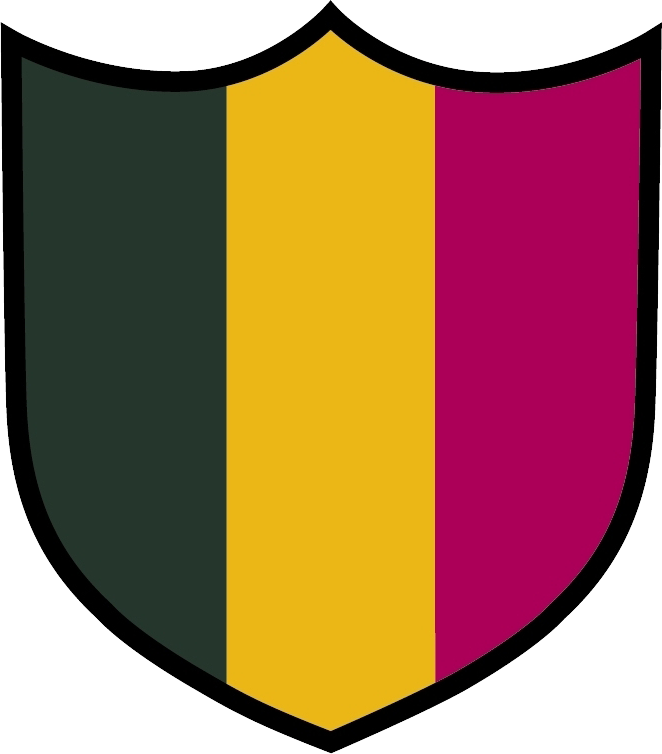Our History
It was Commander George Hillyard who conceived the idea of a golf club on sandy farmland at Wiggonholt near Pulborough. His house overlooked an area of heather and marsh which he thought would make an idyllic setting for a natural course. How right he was! This land was subsequently purchased by the Ravenscroft and Henderson families and then leased to the newly formed West Sussex Golf Club.
Timeline
March 1928
Mention of a newly constituted Golf Course and the fact that several experts visited the site at Hurstoun Warren.
10th April 1929
West Sussex Golf Club Ltd Formed.
15th April 1929
Construction of the Golf Course Begins.
1st October 1930
The Golf Course Opened.
2nd January 1931
Honorary Membership awarded to Tom Simpson & Charles Ambrose for their valuable assistance rendered to the Club.
21st January 1931
Extensive course work detailed, including 15 new tees, bunkers deepened, enlarged and properly finished (on the 3rd, 5th, 6th, 7th, 8th, 10th, 11th, 13th, 16th, 17th, and 18th), and the addition of a large Sahara bunker on the 10th fairway.
25th April 1931
Official Course Opening featured an Exhibition Match played between Miss Joyce Wethered, Miss Wanda Morgan, Mr Roger Wethered & Mr R. H. Oppenheimer.
1932
Charles Ambrose published writings concerning the New 10th and 13th Greens.
During WW2
Canadian Forces removed the bridge used to access the Original Tee on the 2nd hole.
1946
An extensive round of alterations took place, including a large number of bunkers being filled in and altered in shape, greens being reduced in size, and fairway widths being adjusted.
1987
The Hurricane of 1987 wrought havoc across the course with hundreds of trees blown over.
1989
Donald Steel produced a Course Report that included new bunkering on the 1st and 3rd holes, and filling the bunker in the hill on the 7th.
1998
Donald Steel proposed various bunker changes, including adding drive bunkers on the 3rd, adjusting short cross bunkers, and proposing Back Tees on the 17th and 18th.
1999
Drive bunkers were added on the 3rd, and a Back Tee Added on the 14th.
2014–15
Drive bunkers were added on the 1st hole and the drive bunker on the 11th was altered.

